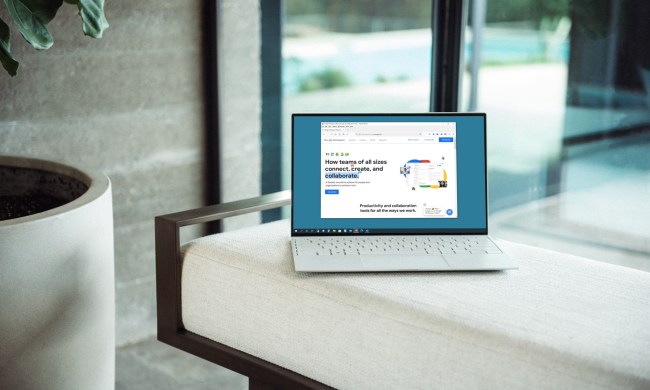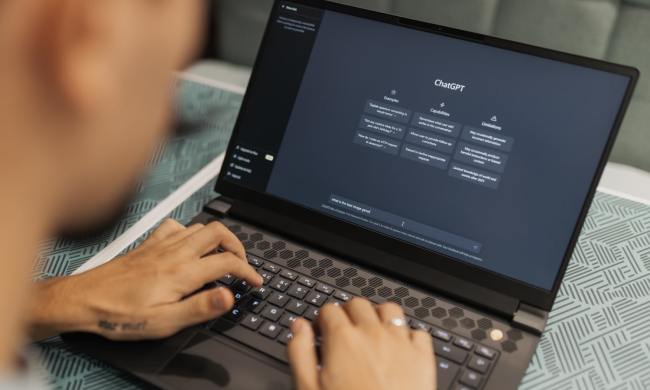Google has begun the next phase of merging its Duo and Meet video chat apps into one service.
The brand sent out an update on Wednesday, which will change the Google Duo icon to Google Meet. The update is largely aesthetic but is set to roll out for Android and iOS devices over the coming weeks. You can expect to receive a home screen notification explaining how Google Duo has been merged into Google Meet.

The brand detailed in June that it has plans to meld the two chat services into a more professional video meeting system, which will be branded under a single name, Google Meet. The transition quickly began in July with Google Google started making changes to the system, moving several Meet features onto Duo, including:
- Custom virtual backgrounds for video communication
- Meeting scheduling
- In-meeting chatrooms
- In-call live-share of content
- Real-time closed captions
- Video call limit increased from 32 to 100 participants
- Google tools integration with Gmail, Google Calendar, Assistant, Messages, and more.
- The brand also sent out an update, changing the app icon to “Google Meet (original).”
TechCrunch noted that many frequent Google Meet users likely wouldn’t have noticed the icon shift as a major change. However, once the August update hits devices, they will be forced to notice the transition. The publication also added as the merge continues, you’ll need a Google account to access the singular Meet features. Previously, Duo as a call app only required a phone number.
As the merge culminates around September, everyone will see the new Google Meet icon and app name, and those who want to install Google video messaging service for the first time will have to assess the new Google Meet app, which will be available at the Google Play Store or Apple App Store.
The Google Meet (original) app will be available for some time, but it will eventually be retired, with its users receiving a recommendation to update to the new application.
Google is also updating its Google Meet branding on its Duo on the Web services as of Wednesday; however, transitioning that platform completely to the new system is planned over the next several months, the brand said.
The fate of Google Duo being merged into Google Meet seems to simply be a numbers game, as opposed to scrapping the app altogether. 9to5Google noted in June that Google Duo has 5 billion Android downloads, in comparison to Google Meet, which has over 100 million downloads.



